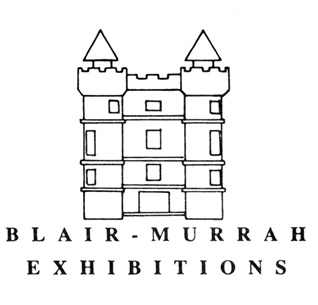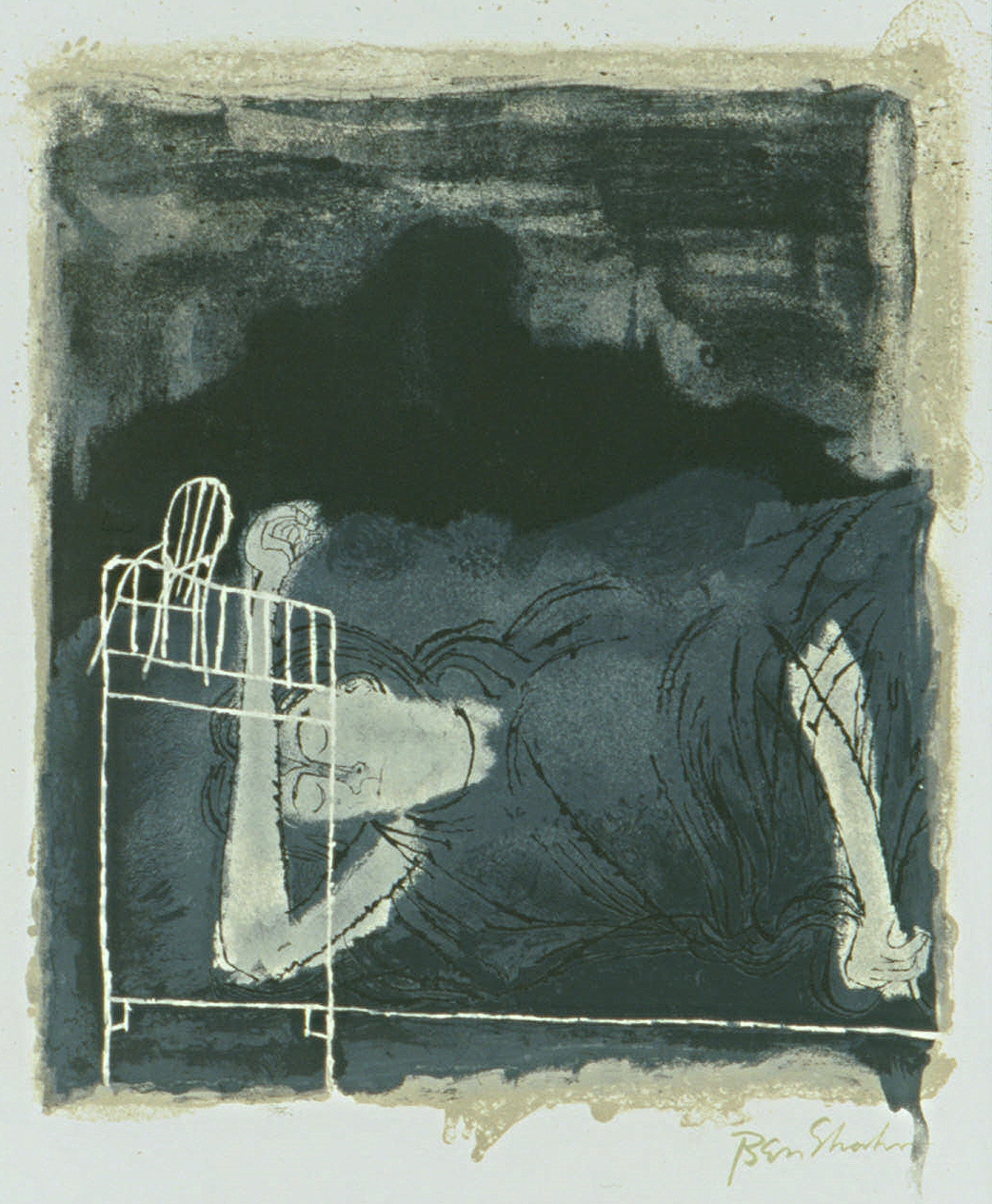Lifting the Rose Colored Glasses:
Three Social Realists
The most important movement in American art during the late 20s and 30s was the American Scene movement. Complex and contradictory, it represented the fervent wish that America had artistically come of age, as well as the ultimate rejection of the entire modern art movement as it had evolved in Europe. Two distinct tendencies were part of the American Scene Movement-- Regionalism, and Social Realism.
Social Realist artists were interested in the period's social problems, such as the miseries of poverty and unemployment, middle-class materialism, law-makers and law enforcers, and racial discrimination--problems that are still with us today. These artists presented commonly shared experiences, especially those of the urban poor and the working classes--with whom many of them, often immigrants themselves, could easily identify.
Most Social Realists were not ideologists, and it is probable that most of them found humanitarian concerns more compelling than any others. They understood and sought communion with people, who, like themselves, had suffered deprivations, and ultimately, they invented entirely personal styles.
This significant exhibition features over 50 prints and drawings by three of the most important Social Realists - Ben Shahn, Raphael Soyer, and William Gropper. Each created an individual style within the boundaries of social realism. Gropper became a virulent critic of social injustices and the over-privileged; Soyer sympathetically examined many facets of life among the city's working classes and his images of women working are almost icons of the family. Later in life Shahn moved from his social realist style into a more personal interpretation of what he saw and felt about events of the time.
This exhibition is of interest to audiences both for its artistic as well as political commentary of the period.




